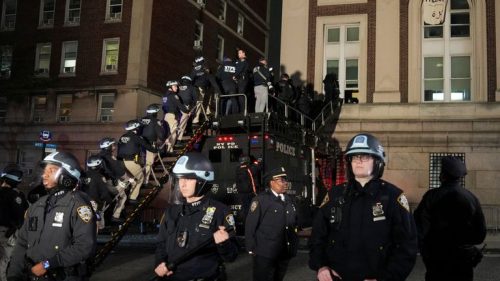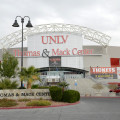
The recent protests at Columbia University have captured national and international attention, bringing to the forefront critical issues related to free speech, campus safety, and the role of universities in addressing political and social concerns. The events, which began in early 2024 and escalated in April, have involved a series of student-led protests, counter-protests, and police interventions. This article aims to provide an in-depth analysis of the situation at Columbia University and suggest potential solutions to address the underlying issues.
Background:
In February 2024, Columbia University announced a new protest policy, limiting demonstrations to designated “demonstration areas” on weekday afternoons and requiring two days’ notice to administrators. This policy change came amid a backdrop of rising tensions related to the Israeli-Palestinian conflict and broader concerns about the university’s policies and investments.
In April 2024, the protests escalated, with over 100 arrests at Columbia following a pro-Palestinian protest. The situation intensified as students occupied the campus, calling for the university to divest from companies with ties to Israel. This led to a shift to remote learning for Columbia students and a significant police presence on campus.
Analysis:
The Columbia University protests highlight several critical issues:
- Free speech and the right to protest: The introduction of the new protest policy and subsequent police interventions raise questions about the balance between campus safety and the right to free speech and assembly.
- Divestment and university investments: The protests reflect broader debates about universities’ investment policies and their implications for social and political issues.
- Campus safety and police intervention: The involvement of law enforcement and the concerns about violence and intimidation underscore the challenges of maintaining campus safety while respecting the rights of protesters.
Potential Solutions:
- Revisit the protest policy: Columbia University should engage in a dialogue with students, faculty, and other stakeholders to develop a more inclusive and flexible protest policy that respects the right to free speech while ensuring campus safety.
- Address divestment concerns: The university should engage in a transparent and inclusive discussion about its investment policies and their implications for social and political issues. This could include exploring alternative investment strategies or engaging in shareholder activism to promote positive change.
- Foster dialogue and understanding: The university should facilitate open and constructive discussions among students, faculty, and other community members to promote understanding and mutual respect. This could involve educational programs, guest speakers, and workshops addressing the issues at the heart of the protests.
- Enhance campus safety measures: The university should work with local law enforcement and community leaders to develop strategies for maintaining campus safety during protests, emphasizing de-escalation and non-violent approaches.
Conclusion:
The Columbia University protests represent a critical moment for the university and for higher education more broadly. By engaging in open dialogue, revisiting policies, and addressing underlying concerns, Columbia University has the opportunity to set a precedent for how universities can navigate complex social and political issues while promoting free speech, campus safety, and mutual understanding.






